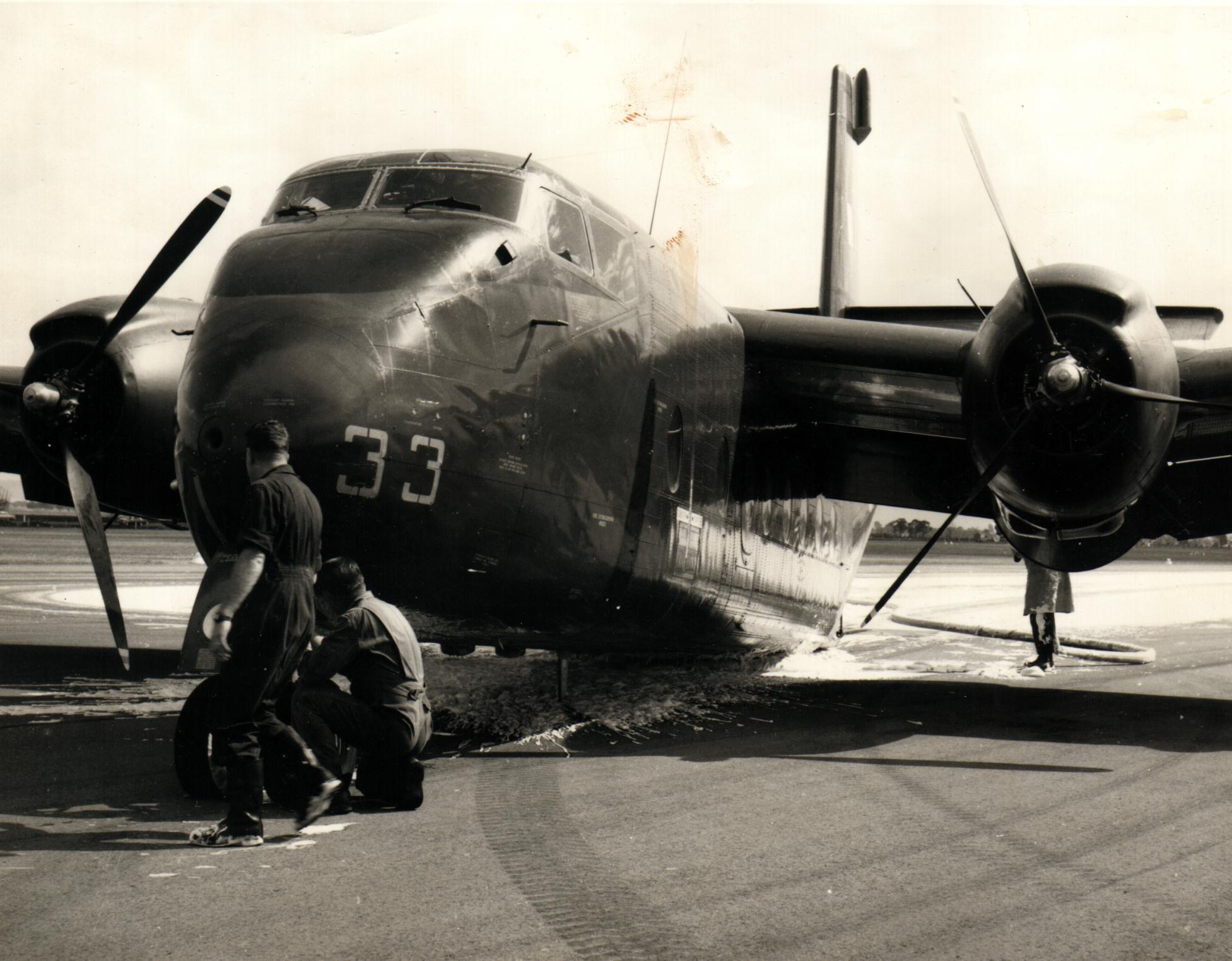|
|
||
|
|
Radschool Newsletter |
Vol 6 Page 8 |
|
|
||
|
Wines and Stuff. John Morley.
|
||
|
Aging wine.
One question we always get asked is: “How long should you store wine before drinking it”. Most people assume that the longer that you keep a wine, the better it will get. It is actually a misconception that wine has to be aged because throughout the world, most wine is drunk "young" that is shortly after it is produced, perhaps 12 to 18 months. While some wines will "mature" and become better over time, others will not and should be drunk immediately, or within a few years. Eventually all wine will go off so even the wines meant to be kept for many, many years should be drunk before it’s too late.
Wines which are expected to be matured in the bottle before drinking will go off if not properly stored. If someone is giving you a very good deal on an old red wine that you would otherwise expect to cost a lot more, start to wonder how it was kept! And a famous name on the label is no guarantee that the wine will age well.
Remember that red wines get their colour from the stems and skins of the grape. This gives the wine tannin and aging capacity. Normally white wines have no contact with the stems and skins and will have little tannin, though some can be added, again, through barrel aging. Therefore most white wines don't age well. Even the ones which do get better through time will not last nearly as long as their red cousins. A fair average for many "ageable" whites would be about 5 to 7 years. On the other hand, really "ageable" reds can easily be kept for 30 years and longer.
So, how do you figure out how long to keep a wine before drinking it? Very difficult question to answer!! Two wineries, side by side, producing the same grapes and the "same" wine, yet one ages considerably longer than the other. Why? Well while they are the "same" grapes, perhaps the soil is just a bit different. Maybe the vines are older. The winery may have processed the wines differently. There are lots of reasons, so general rules are just that –general.
While white wine doesn’t age well, the aging varies with the type of white. Light wines like Sauvignon Blanc or a light Chardonnay should be drunk within a few years. More complex Chardonnays or good White Burgundies are probably good after 7 years. The exceptions—dessert wines like Sauternes or Rieslings should be aged. Sauternes get better over a very long time: 10, 20, 30, 40 or more years!
Then come the reds. While the vast majority of wines produced today can be drunk immediately, a good number of red wines will benefit by some aging and some will benefit from a lot of aging. The ones that you open now that taste like road tar may very well be fantastic in 5 or 10 or 20 years. A rough rule of thumb, store Cabernets from 10 to 15 years; Merlots for 4 to 7 years and Pinot Noir, about 5 years.
Didn't help much, did it? As you learn more and more about wine, you get a feel for which wines are produced to be aged. That doesn't mean that you still know when it is the best time to drink the wine. You need to check around. Ask fellow wine drinkers, get a book that gives opinions. Read the magazines. These resources have the ability to tell you what happened when they drank the wine. Was it still good, is it starting to go off, has it already gone?
If you’re lucky you can get to be part of a "vertical tasting." This is the ideal way to experience the way wines age. A "vintage" is the term used to describe the year in which a wine is produced. At a vertical tasting a particular wine from each vintage, say, 1971 through 1992 is lined up A young wine, designed to age, can taste harsh (from the tannin). As you sample older and older bottles, the wine will mellow. Flavours come into balance. The oldest wines will lose their tannin and their fruitiness and eventually have a flat taste. Somewhere in there is the vintage which tastes just the way you like it.
Don't forget, how you store a wine will affect how long it lasts as well. Even the size of the bottle will change its life. We’ll talk more about storing wine next issue, in the meantime, if anyone has any questions or wants any advice on wines we’d be only too happy to help. Send your questions to us via the Association and we’ll get back to you.
“Happy drinking”.
|
||
|
“Even if you are on the right track, you'll still get run over if you just sit there”. Nana V. |
||
|
|
||
|
|
||
|
|
||
|
This rather embarrassing photo of a not so old Caribou (A4-233) was taken at Richmond early in 1969, and shows what happens when the port side main gear “gets stuck”- see the difference in the photo. The “flipper doors” on the Caribou, the bits that cover the undercarriage when it has been retracted, are mechanically operated by the leg going up and coming down. However, if during a “D” service you put some stuff back the wrong way, the whole thing gets stuck—and this is what happens.
The pilot in this case was a bloke known to all as “Father” (Bob May), and he landed the aircraft with the noise turned off just like a roller blade—on its nose wheel at the front and its ramp door at the back. The fire crew laid a foam path on the runway, and as can be seen from the photo, they got it just right—just enough.
Fortunately, there were no injuries, apart from the Firey (Doug Bower) who slipped in the foam and skinned his knee. Doug can be seen kneeling, putting in the nose wheel lock. There were some apprehensive moments on board as the aircraft flew around for a couple of hours burning up fuel before attempting to land, and as soon as they got back on terra firma, and when they had stopped running, most blokes headed straight for the laundry to wash out the underwear. A day or two later though, and after a little bit of work from the framies who reskinned part of the belly and fitted a new ramp door, and after a damn lot of hard work from the radio bloke who had to replace the VHF/UHF antenna, she was up and flying again, though there weren’t too many volunteers for the next test flight. |
||
|
|
||
|
|
||

 Tannin
is a substance that comes from the seeds, stems and skins of grapes.
Additional tannin can come from the wood during barrel aging in the
winery. It is an acidic preservative and is important to the long
term maturing of wine. Through time, tannin will precipitate out of
the wine (becoming sediment in the bottle) and the complexity of the
wine's flavour from fruit, acid and all the myriad other substances
that make up the wine's character will come into greater balance.
Generally, it is red wines that are the ones that can (but don’t
have to be) produced with a fair amount of tannin with an eye
towards long term storing and maturation. The bad news is that you
shouldn't drink it young since it will taste too harsh. The good
news is that after a number of years, what you get is a prized,
complex and balanced wine.
Tannin
is a substance that comes from the seeds, stems and skins of grapes.
Additional tannin can come from the wood during barrel aging in the
winery. It is an acidic preservative and is important to the long
term maturing of wine. Through time, tannin will precipitate out of
the wine (becoming sediment in the bottle) and the complexity of the
wine's flavour from fruit, acid and all the myriad other substances
that make up the wine's character will come into greater balance.
Generally, it is red wines that are the ones that can (but don’t
have to be) produced with a fair amount of tannin with an eye
towards long term storing and maturation. The bad news is that you
shouldn't drink it young since it will taste too harsh. The good
news is that after a number of years, what you get is a prized,
complex and balanced wine.